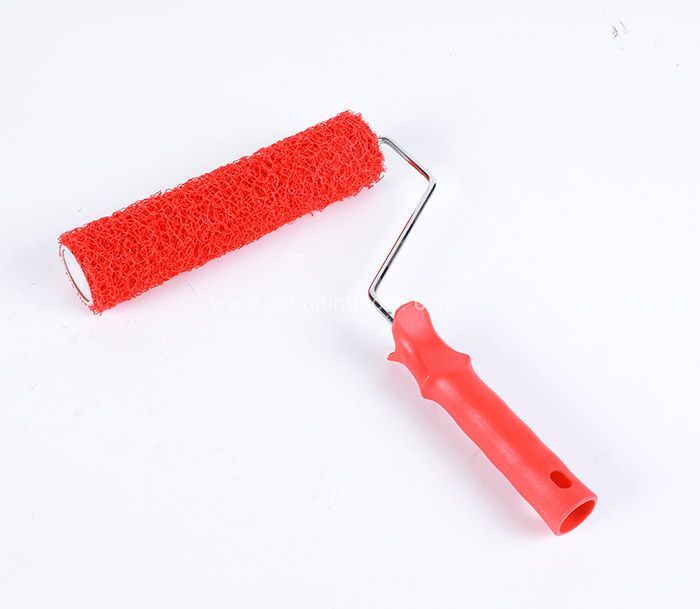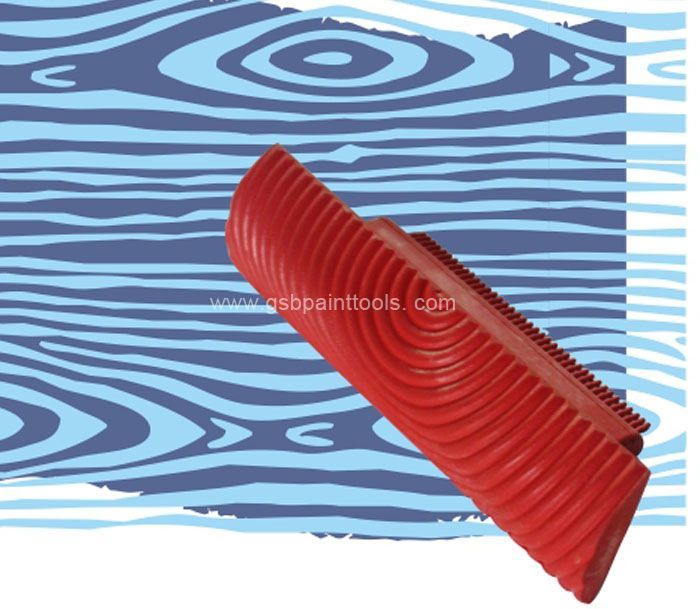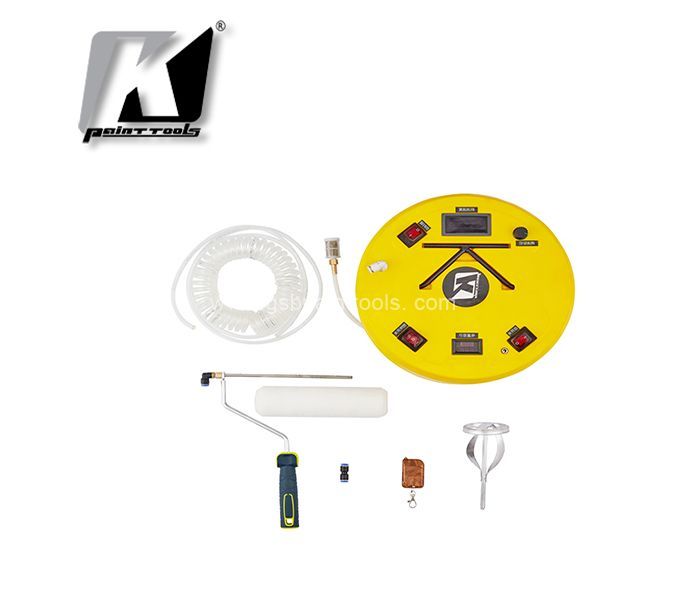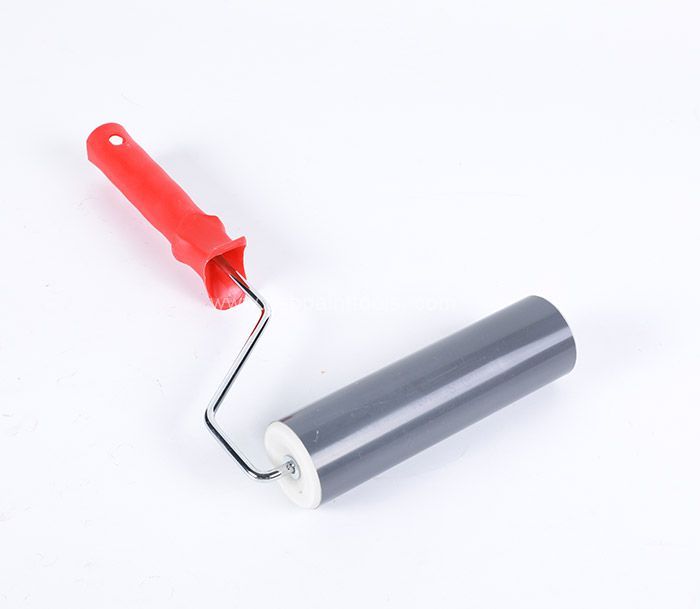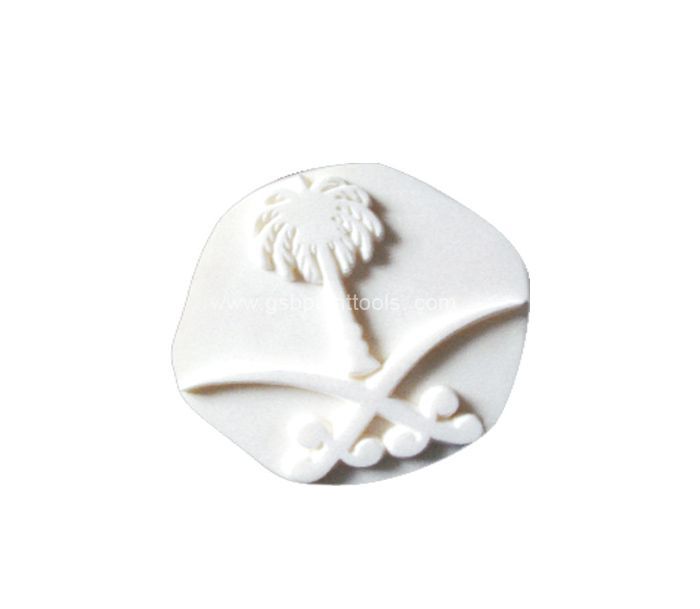Features:
Items Name: Patterned Paint Texture Roller
Items No.: DTG-9
Brand: G.SB
Style: Magic Roller
Material: plastic
Size: 4"/6"
Core Materials: Plastic
Including Handle: yes
Range of Application: Art paint, latex paint, etc
Applied Environment: Inside and outside the floor
Packing: Double Blister
Our Magic Paint Roller Sample Policy:
Sample order is acceptable. We can supply the sample if we have ready parts in stock, but the customers need to pay the sample cost and the courier cost.
we are strict with the package and the quality, we promise the customer the best services.
Magic Paint Roller Payment terms:
1. The price above is EXW price. If the order value is over USD6000, it can be same as FOB price.
2. We will offer documents as: invoice, packing list, B/L, CO. If customer needs other certification, we need to charge customer the extra cost.
3. The delivery time will be 30-40 days after receiving deposit.
4. Payment term: 50% deposit, 50% paid upon copy of shipping documents.
Roll-on pattern paint rollers are great if you want to add pattern to walls without using stencils or wallpaper.
Using one pattern roller is a great way to add charisma to walls without all the effort of applying wallpaper or using stencils. Simply choose a pattern roller that you like, fit onto the roller system and roll on pattern.
The easiest and most affordable way to apply pattern to walls is by using roll-on paint pattern rollers. These rollers are available in various decorative patterns and are perfect for rolling on intricate patterns without using stencils or going to the extreme of applying wallpaper.
you can choose from a selection of patterns that are easy to apply to walls using water-based acrylic paints, and there are several pattern roller designs to choose from.
Wood Grain 'Faux Bois' Pattern Roller
The wood grain or 'faux bois' pattern roller allows you to roll-out intricate wood grain patterns easily. You can add interest to wall, doors, or even floors without too much effort.
Damask pattern roller
If you love damask designs, then this pattern roller is perfect. You can use the pattern roller to apply damask patterns to wall panels, feature walls, or make your own damask pattern fabrics.
Wild Fern pattern roller
Add unique style to walls with this wild fern pattern roller. All magic pattern rollers are easy to use and we've included a couple of videos below that show how you can apply patterns to walls, fabrics and more.
Soaking up should be possible in a low-differentiate palette, likewise - as long as you can in any case observe some contrast between the shades once they are overlaid (test the blend on a cardboard first).
Palm Frond pattern roller
Perfect for designing your own feature wall, the palm frond pattern roller easily rolls on the patter, and decor your house the color as you like.
if you want more, as price, quality and so on, welcome to contact us!
Paint Roller Magic
What is a texture roller used for? A wall with an extremely smooth surface, like new drywall, can be painted with a roller with a very low nap to produce a smooth, even coating of paint. Painting over an extremely smooth surface with a higher nap can add texture to the smooth surface.
Wake up your walls with easy-to-create, patterned rollers. Visual interest and depth for your walls are just a paint stroke away.Paint base coat and let dry 48 hours.Paint the wall the top coat colour mixed with glaze. Mixture is 4 parts glaze to 1 part paint. Paint sections with the glaze mixture no wider then 3' to 4' at a time.Randomly roll the patterned roller over the wet paint mixture. The more you roll, the more subtle the effect. Handle corners and small spaces as you go along by crumpling a small piece of vapour barrier in your hand and dab on area. Repeat process around the room.
TIPs:
The key to choosing the right roller is understanding the different types of materials, the thicknesses available and which is best to apply to the surface in question. There are three basic types of material used to create the outer cover of the paint roller. Natural fibers include lamb’s wool, mohair and other similar materials, and these are best for more textured surfaces or oil-based paints. Synthetic fibers are made of polyester or nylon, are mostly for use with latex-based paints and are usable on any type of surface.
Foam covers are best for coating porous surfaces, like wood, with high-gloss paint. When considering foam paint rollers vs. nap rollers, know that they do give a different finished look. There are also paint rollers that blend natural and synthetic fibers into roller covers that will work for a number of different kinds of paint.
A wall with an extremely smooth surface, like new drywall, can be painted with a roller with a very low nap to produce a smooth, even coating of paint. Painting over an extremely smooth surface with a higher nap can add texture to the smooth surface.
Walls with existing imperfections or a somewhat textured surface should be addressed with a medium-nap roller. The medium nap will fill any holes left by damage or imperfection, and the texture it leaves behind will help existing defects to blend in with the surface。
Walls with significant roughness (brick, concrete block, stucco and so on) should be addressed with a nap thick enough to fill the dips and gaps in the wall’s material. The longer length will allow paint to fill the cracks and crannies of the existing texture without requiring an excessive number of passes.
This, however, assumes the homeowner wants to keep the texture of the wall similar to what exists when adding the new layer of paint. Some painters may want to add texture to their walls or ceilings for visual interest or to hide places where the surface has been damaged.
Many paint lines offer a few varieties of pre-textured paint for homeowners wanting to add some body to a shelf, cabinet or wall. The simplest way to add texture to paint is to add particulates, like sand, that will then add dimension to the paint that remains when it dries. Lines may offer other finishes, such as metallic or crackled, that can also add texture.
To add knockdown texture manually, homeowners can first paint the surface with diluted joint compound. The compound is mixed with water until it reaches the thickness of paint and is then applied with a high-nap roller or even a special sponge made for the process. A slower speed will increase the variation in thickness, allowing the painter to control the dimensions of the texture.
None







